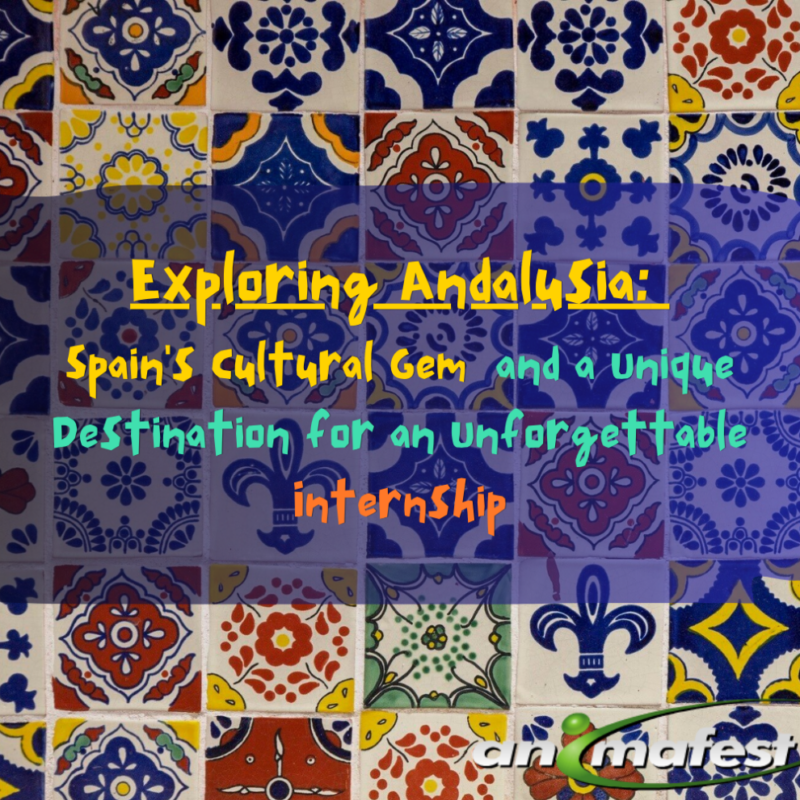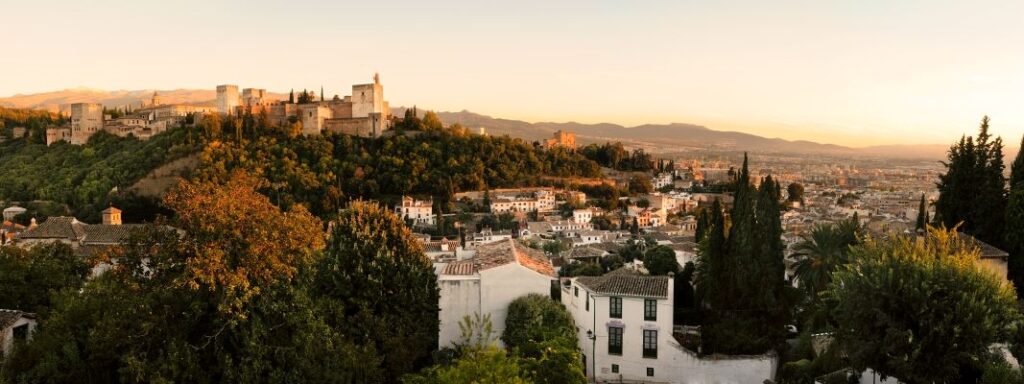Andalusia is an autonomous region in the south of Spain, acclaimed for its rich culture, fascinating history, and varied terrain. As the birthplace of flamenco, bullfighting, and sun-soaked beaches, it embodies traditional Spain and attracts millions of tourists every year.
At Animafest, we are excited to introduce our fully scholarship-based internship programme in Spain for Venezuelans in 2025. This internship programme is designed to offer participants a unique opportunity to gain hands-on experience and expertise in the hospitality and tourism industry, in key areas such as kitchen, bar and restaurant, reception, and entertainment.

A Journey Through Andalusian History
The history of Andalusia is as rich as its landscapes. Long before modern times, the region was home to prehistoric civilizations. Over the centuries, Andalusia became a melting pot of influences, starting with the Phoenicians, Greeks, and Carthaginians. However, it was during the Roman era that Andalusia truly flourished, with key cities such as Italica playing important roles in the empire. The remnants of Roman architecture and culture can still be found throughout the region, showcasing the deep historical roots that make Andalusia so unique.
The influence of other civilizations is also evident, especially with the arrival of the Moors. They left a lasting impact on Andalusia’s architecture, art, and culture, contributing to the region’s unique blend of European and Islamic heritage. Cities like Granada, Cordoba, and Seville stand as testaments to this complex history, with their stunning palaces, fortresses, and religious monuments.
Exploring Andalusian Cities
Andalusia is home to several iconic cities, each with its own distinct character and historical significance.
- Seville, the region’s capital, is a vibrant city known for its stunning architecture, including the famous Alcázar and the towering Giralda. Seville’s historic center is a maze of narrow streets, picturesque squares, and impressive monuments that reflect its long history.
- Granada, nestled at the foot of the Sierra Nevada mountains, is renowned for the Alhambra, a magnificent palace and fortress complex that stands as one of the greatest architectural achievements of the Moorish era. Its enchanting gardens and intricate designs make it a must-visit for any traveler.
- Cordoba is another jewel in Andalusia’s crown, home to the breathtaking Mosque-Cathedral, a unique monument that combines elements of Islamic and Christian architecture. The city’s charming streets and courtyards, filled with vibrant flowers, add to its allure.
Conclusion
In conclusion, Andalusia is a region rich in history and culture, as well as a varied landscape that makes it a popular destination in Spain due to its dynamic economy, vital traditions, historical monuments, and charming cities. So join us now in Animafest to have the possibility of exploring it all yourself.




